When venturing into bear country, preparedness is key. One crucial tool for deterring potential attacks is spray – but with two options available, understanding the difference between bear spray vs pepper spray is vital.

Active Ingredient: The Power Behind the Spray
Both bear and pepper spray utilize oleoresin capsicum (OC), derived from chili peppers. OC irritates the mucous membranes of the eyes, nose, and respiratory system, causing intense pain, coughing, and temporary blindness. However, the key difference lies in the concentration of OC in the spray formulation.
Bear Sprays
Packed with a much higher concentration of OC (typically 2% or higher), bear spray is specifically designed to deter aggressive bears. The powerful formula and pressurized canister create a large cloud of irritants, effectively stopping a charging bear.
Pepper Sprays
Intended for self-defense against human attackers, pepper spray generally has a lower OC concentration (around 0.5% to 1.33%). While effective for stopping human threats, this lower concentration may not be strong enough to deter a determined bear.
Range and Effectiveness: Hitting the Target
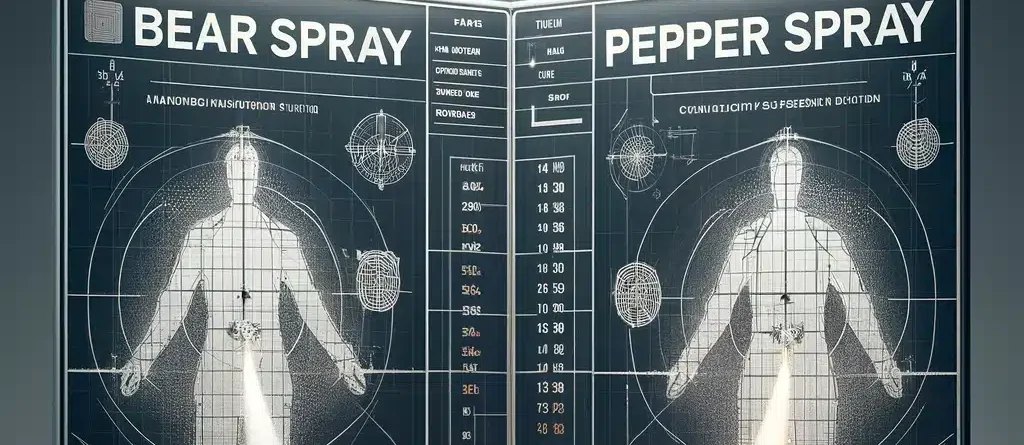
The delivery system and effective range are crucial factors when choosing between bear and pepper spray:
Bear Spray
Bear spray is a crucial tool for anyone venturing into bear country. It utilizes a powerful irritant, typically OC (oleoresin capsicum), derived from chili peppers, to deter aggressive bears. Here’s a breakdown of its key aspects:
Effective Range: Bear spray boasts a significantly longer effective range than pepper spray. Think 30-40 feet for bear spray, which provides valuable distance between you and a charging bear.
Spray Pattern: Unlike pepper spray, which utilizes a cone or mist pattern, bear spray utilizes a strong, directed stream. This ensures the irritant cloud reaches the bear’s face even in windy conditions, which is common in bear habitats.
Strength: Bear spray has a much higher OC concentration (measured in Scoville Heat Units or SHU) than human pepper spray. This extra potency is necessary to startle and deter a large, determined animal like a bear.
Additional Considerations:
Deployment Time: Practice drawing and deploying your bear spray beforehand. The faster you can use it, the more effective it will be in a surprise encounter.
Practice with Inert Canisters: Many manufacturers offer inert training canisters that allow you to familiarize yourself with the deployment mechanism without the risk of accidental discharge.
Holster Carry: For quick use, keep your bear spray readily accessible in a holster attached to your backpack or belt.
Bear Safety Knowledge: Remember, bear spray is a last resort. The most important defense strategy is education on proper bear behavior and avoiding confrontations.
Human Pepper Spray for Self-Defense
Pepper spray is a popular defense tool designed to deter attackers. It utilizes a potent irritant, typically OC (oleoresin capsicum), derived from chili peppers, to cause temporary incapacitation. Here’s a breakdown of its key features:
Effective Range: Pepper spray has a shorter effective range than bear spray. It is 6-12 feet, requiring you to be closer to the attacker for the spray to be effective.
Spray Pattern: Pepper spray often comes in a cone-shaped or mist pattern. This wider dispersal is advantageous for defense as it increases the chances of hitting the target’s face in close quarters. However, it also requires more control to avoid accidental self-contamination, especially in windy conditions.
Strength: Pepper spray utilizes OC, but the concentration (measured in Scoville Heat Units or SHU) is typically lower than that of bear spray. This is because humans are smaller targets, and less potent OC is sufficient to cause discomfort and temporary blindness, allowing for escape.
Additional Considerations:
Deployment Time: In a high-stress situation, every second counts. Practice drawing and deploying your pepper spray beforehand to ensure a smooth and immediate response.
Wind Factor: Be aware of wind direction! Pepper spray’s mist pattern can be easily redirected by wind, potentially contaminating you instead of the attacker. Avoid deploying pepper spray upwind.
Safety: Pepper spray is a deterrent, not a guaranteed solution. It’s crucial to stay aware of your surroundings and take preventative measures to avoid dangerous situations.
Training: Consider taking a defense course that incorporates pepper spray training. This can help you understand legalities, proper deployment techniques, and safety measures when using pepper spray.
Legality and Regulations: Knowing the Rules

Bear Spray:
Generally, it is legal to carry in bear territory, but bear spray regulations can vary by location. Here’s a breakdown to consider:
Canister Size: Some parks or regions may restrict the maximum volume of bear spray you can carry. Check local regulations before purchasing or bringing bear spray on your trip.
Permit Requirements: In rare cases, a permit might be required to carry bear spray. This is uncommon, but it is always best to confirm local regulations beforehand.
Pepper Spray:
Laws surrounding pepper spray for personal defense differ significantly by state or region. Here’s why knowing the legalities is crucial:
Age Restrictions: Many places have age limitations on purchasing or possessing pepper spray (typically 18+).
Canister Size and Concentration Limits: Some locations may restrict the size of the pepper spray canister or the maximum OC concentration allowed.
Place Restrictions: Certain locations, like schools or government buildings, may prohibit pepper spray possession entirely.
Traveling with Sprays:
Airplanes: Pepper spray is generally prohibited in carry-on luggage but may be allowed in checked baggage under specific limitations. Check Transportation Security Administration (TSA) regulations for the latest guidelines.
Crossing Borders: Laws regarding pepper spray possession can vary greatly between counties. Research regulations thoroughly before traveling with pepper spray.
Remember: It’s your responsibility to stay informed about local bear and pepper spray laws. Always check with park authorities or local law enforcement for the latest regulations in your specific area.
Additional Considerations for Bear Pepper Spray
Wind Direction:
Before deploying bear pepper spray in a potential encounter, be aware of wind direction.
The strong stream of bear pepper spray can be blown back towards you by wind, causing accidental self-contamination. If possible, position yourself upwind from the bear before using the spray.

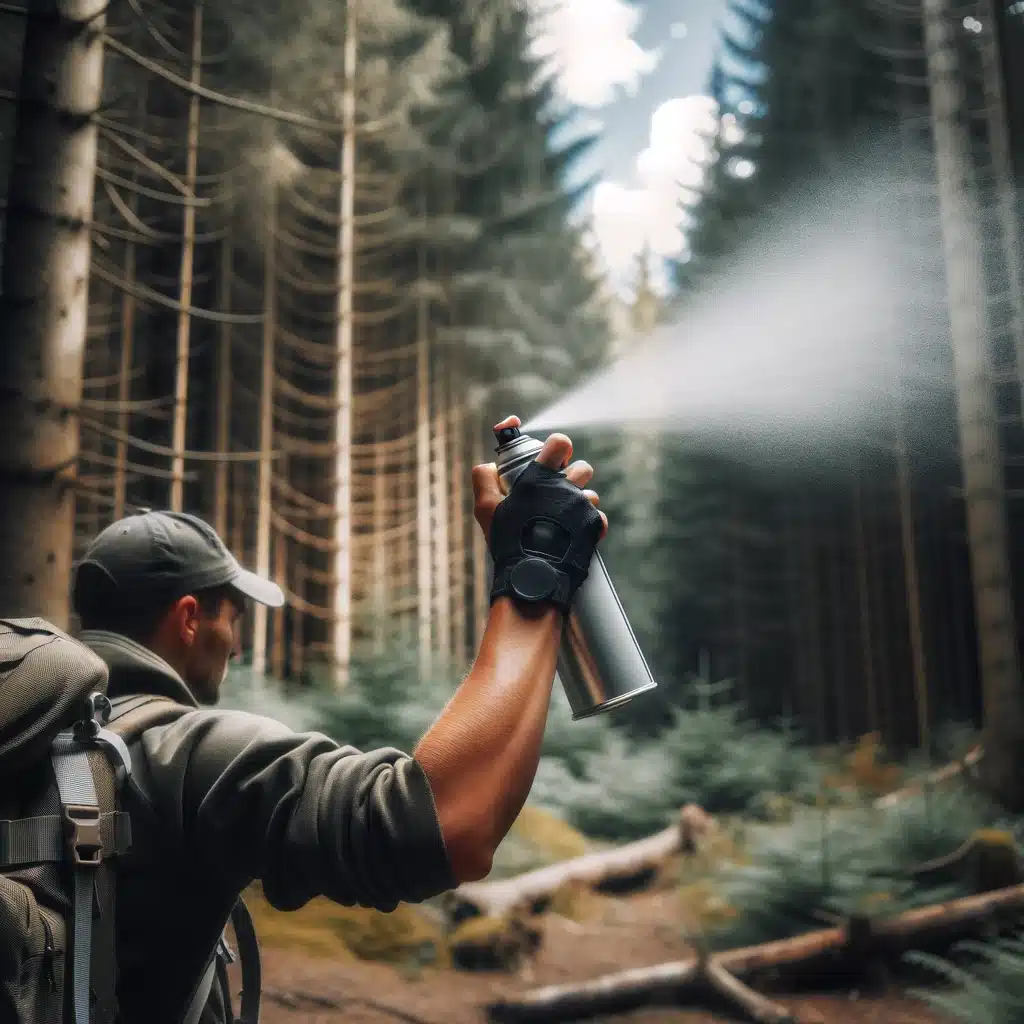
Practice Drills:
Familiarity with your bear spray can be lifesaving in a stressful encounter. Consider practicing deployment with inert training canisters (available from most bear spray manufacturers).
By practicing beforehand, you’ll be more prepared to react quickly and effectively in a real-life situation.
Additional Considerations for Pepper Sprays
Shelf Life and Storage:
Like most products, pepper sprays have a shelf life. Typically, pepper spray canisters can last 3-5 years, depending on the brand and storage conditions. Check the expiration date on your canister and replace it when it expires to ensure maximum effectiveness.
Proper Storage:
Store your pepper sprays in a cool, dry place, readily accessible for personal defense. Avoid storing it in extreme temperatures (cars, cars, freezing weather), as this can affect the potency of the OC over time. For safety reasons, keep it out of the reach of children and pets.
By following these storage tips, you can ensure your pepper spray remains reliable and effective when needed.
Frequently Asked Questions (bear spray vs pepper spray)

Can I use pepper spray on a bear?
It’s not recommended. Pepper spray designed for self-defense against humans might not be strong enough to deter a charging bear. Bear spray has a higher concentration of OC and a longer range, making it the safer and more effective option in bear territory.
Is bear spray legal everywhere?
Generally, bear spray is legal to carry in bear territory, but there might be restrictions on canister size. Always check local regulations before carrying bear spray.
Where can I buy bear spray?
Bear spray can be purchased at outdoor, sporting goods, and online retailers per federal law.
How long does bear spray last?
The lifespan of bear spray and pepper spray depends on the brand and storage conditions. Most canisters last 3-5 years. Check the expiration date on your canister and replace it when it expires.
How do I store bear spray?
Bear spray should be stored in a cool, dry place, readily accessible but out of reach of children and pets. Avoid storing it in extreme temperatures, as this can affect its effectiveness.
What should I do if I encounter a bear?
If you encounter a bear, stay calm and slowly back away. Do not run or make sudden movements. If the bear charges, deploy your spray according to the manufacturer’s instructions. Report the encounter to park rangers or wildlife officials.
Does regular pepper spray work on a bear, or do you need bear spray?
Bear spray and pepper spray are not the same. Pepper spray designed for humans is not strong enough to stop a running bear. Stick with bear spray for a powerful irritant effect and longer range to keep yourself safe in bear country.
What is the active ingredient in bear spray?
Both bear and pepper spray utilize the same active ingredient oleoresin capsicum (OC), derived from hot peppers. OC provides intense irritation of the mucous membranes of the eyes, nose, and respiratory system, causing intense pain and coughing, and will temporarily incapacitate. Bear spray is a stronger spray.

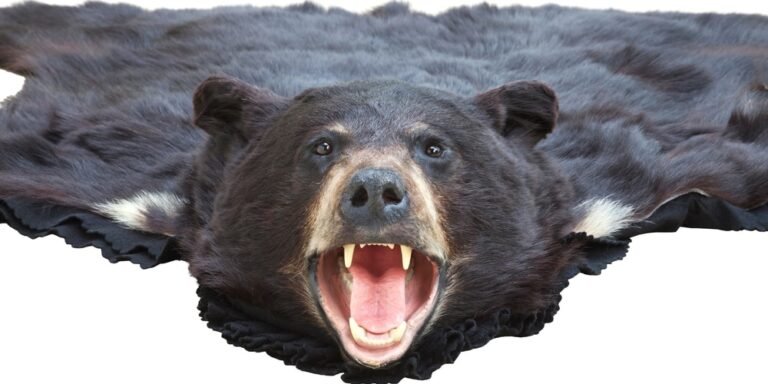

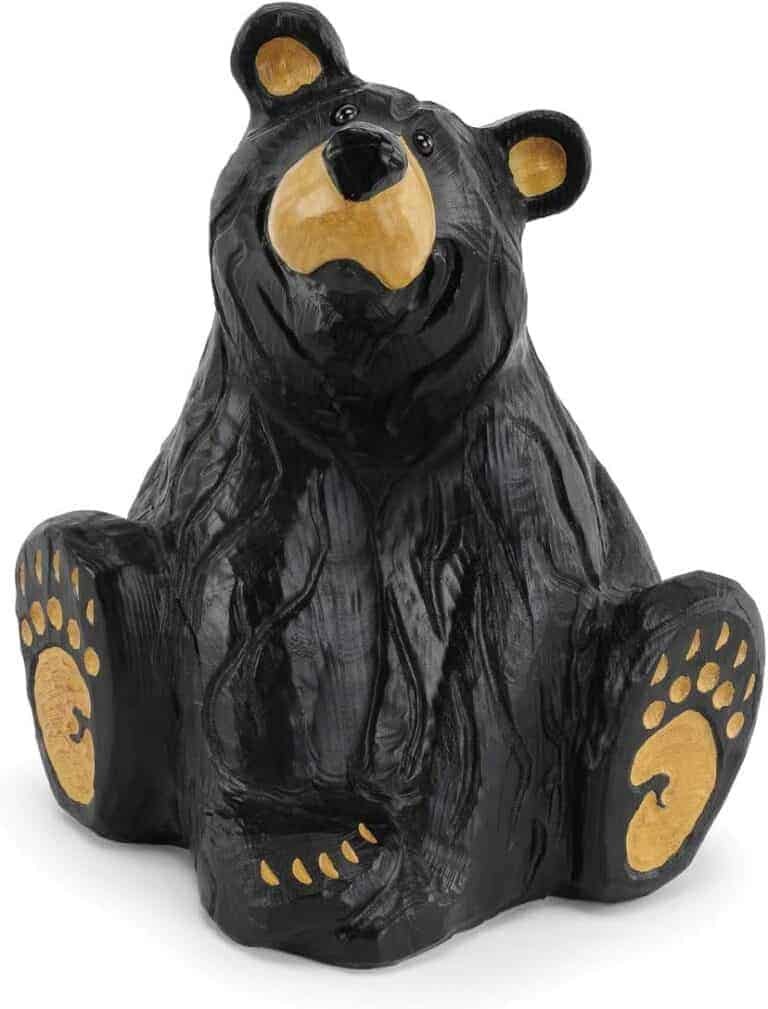
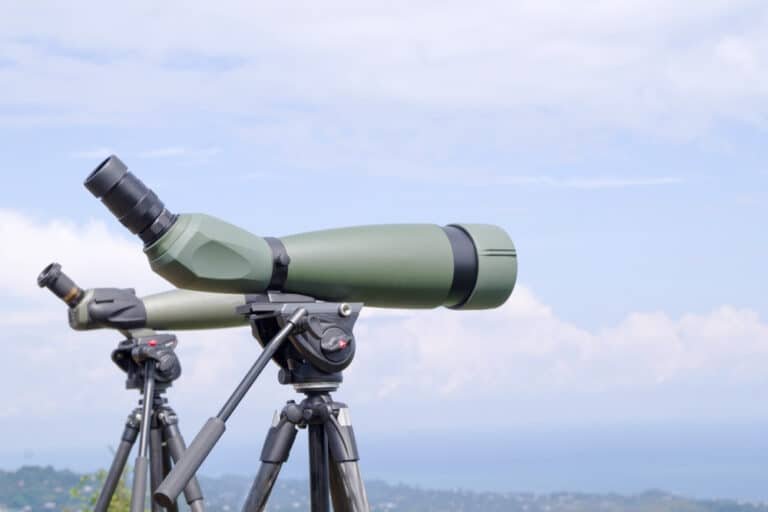
Very interesting info!Perfect just what I was searching for!Expand blog